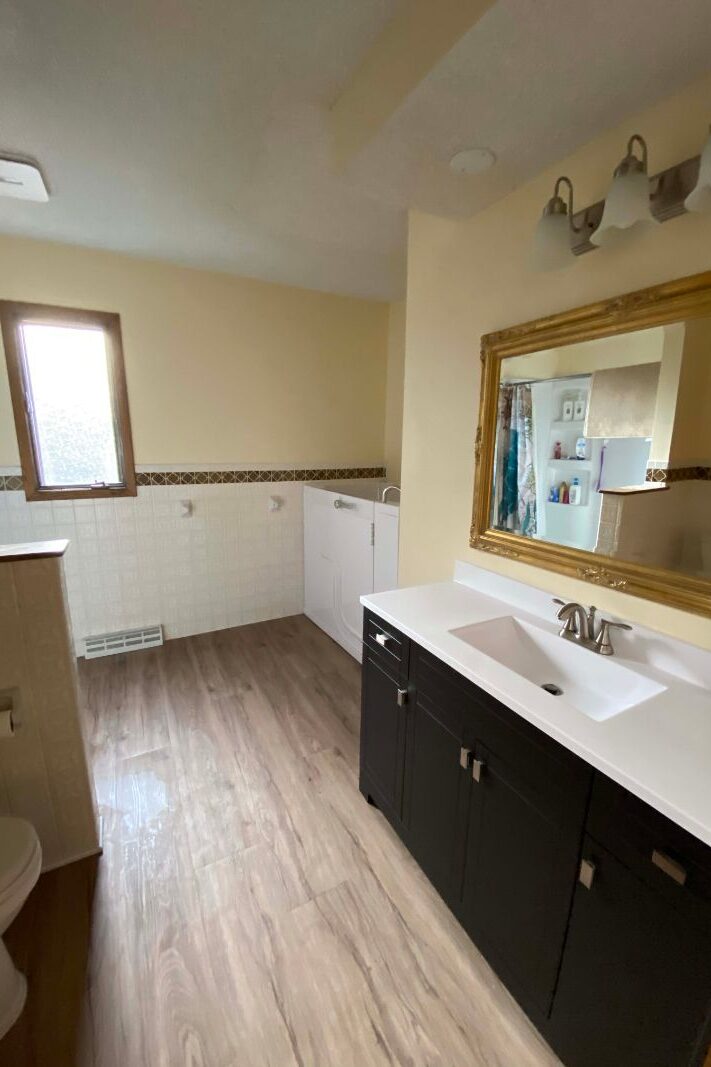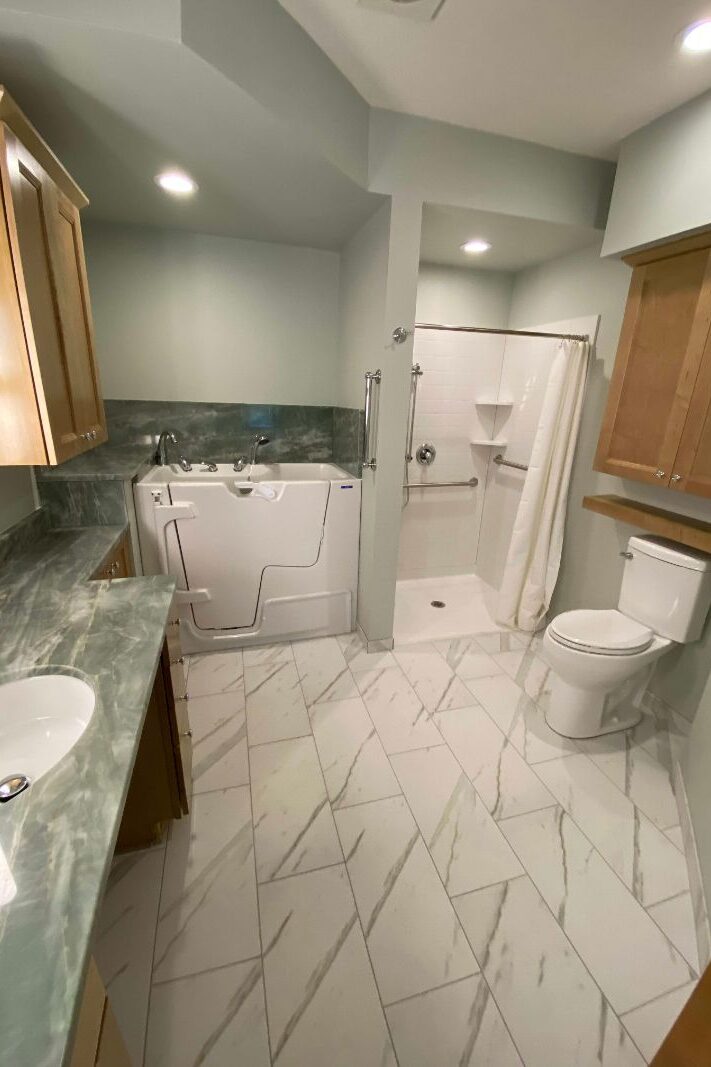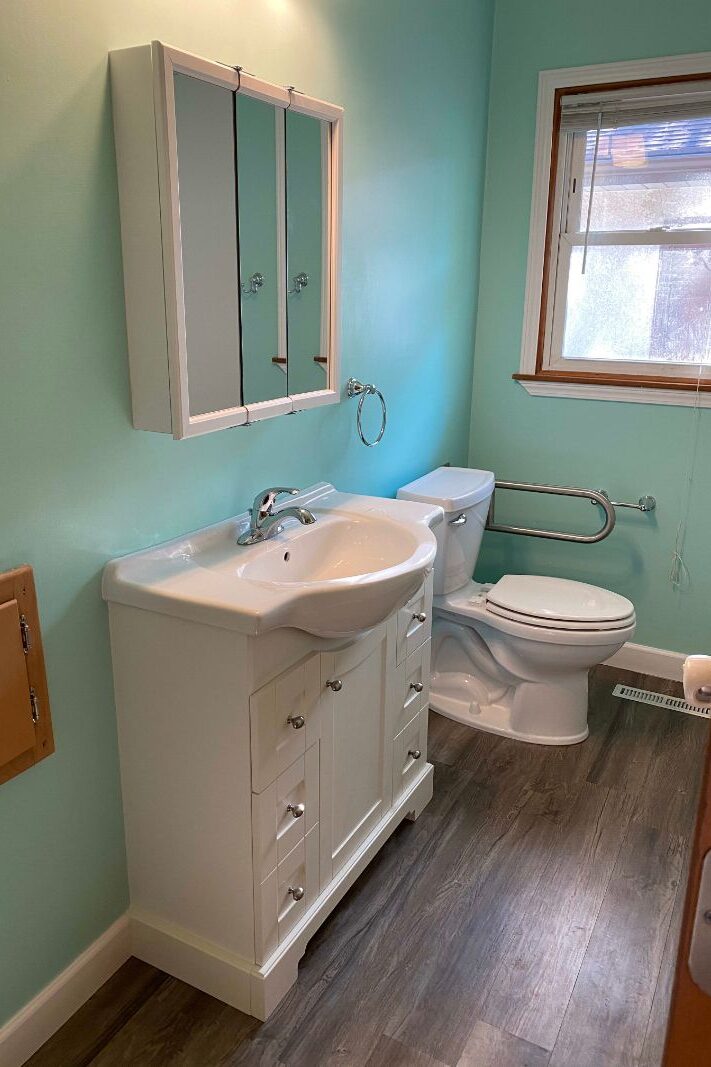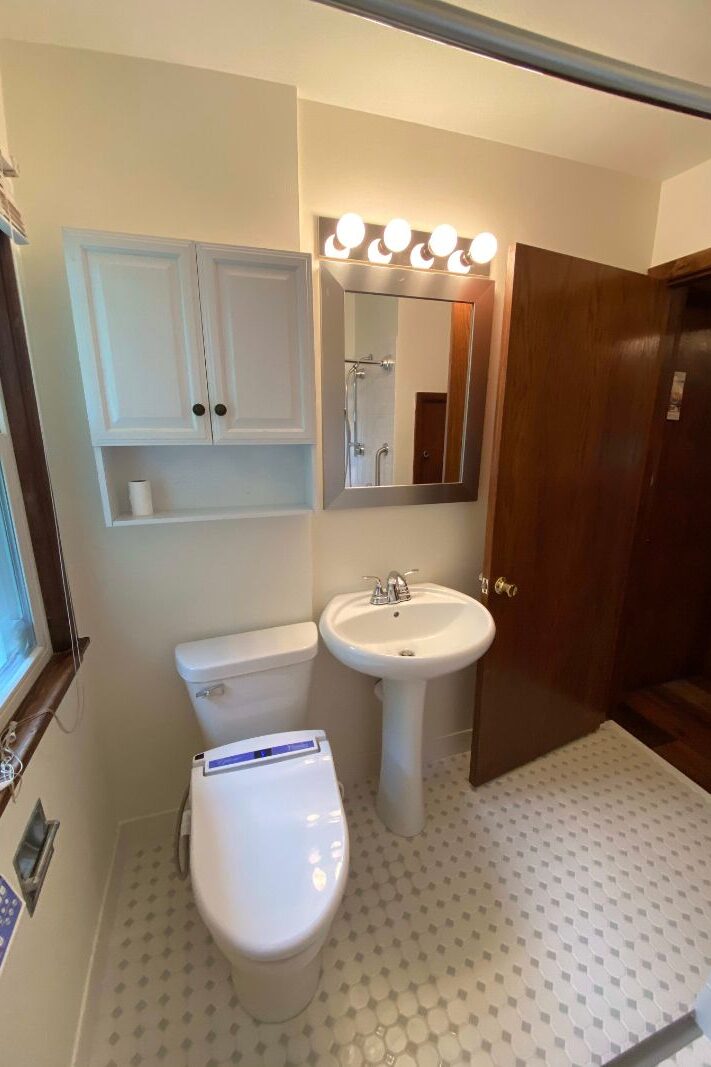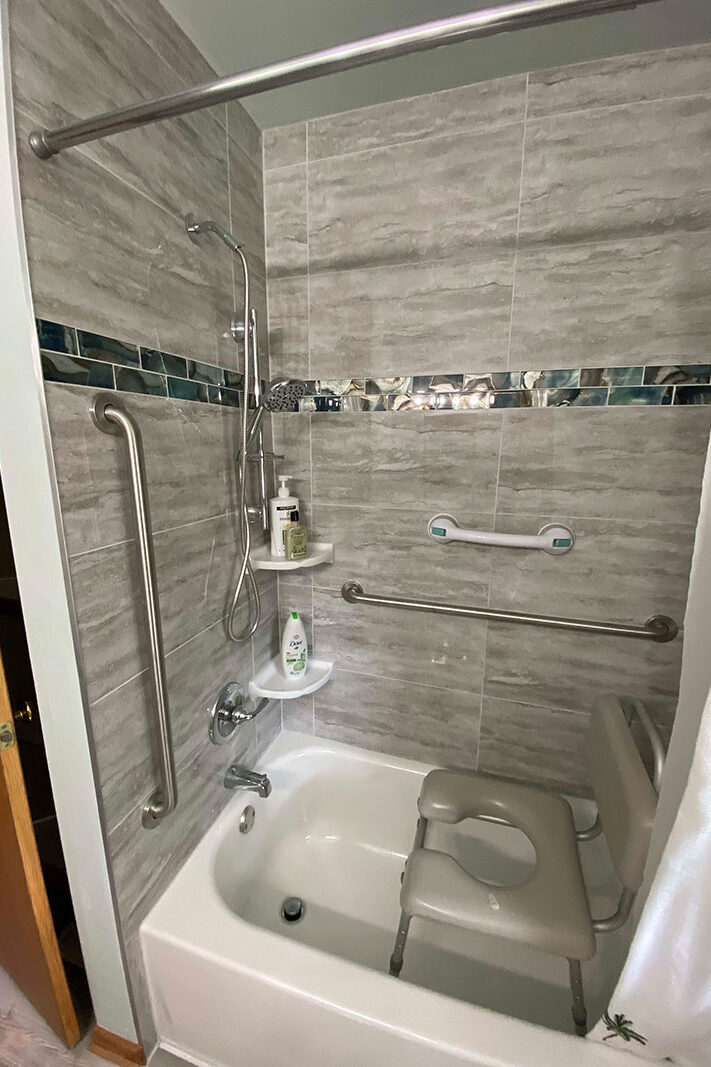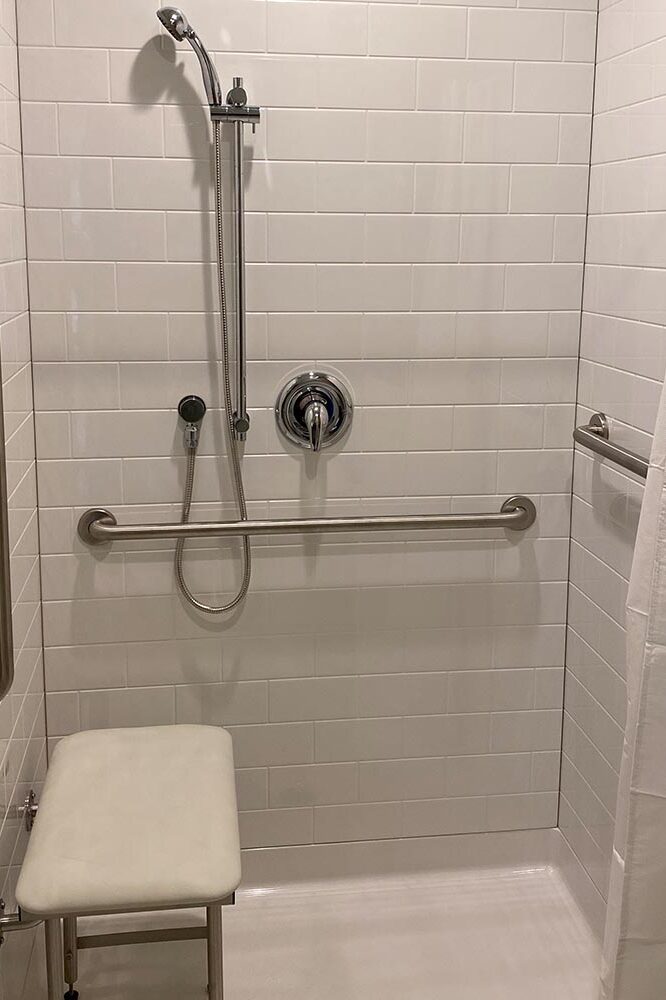Ramps
How Accessibility Solutions Maintain Independence
It can be difficult to know when you need accessibility solutions. The easiest way to tell is by asking yourself a simple question: “are you modifying your behavior to access your home?” Those who need accessibility solutions will avoid areas of their home, alter where they put crucial items, and even purchase potential fixes for their issues. When this occurs, it’s important to act quickly and receive solutions so you can maintain your independence.
For people with mobility issues, ADA solutions for the home are the key to maintaining independence. As we age or face disability, the current design of homes is limiting. Shelves and cabinets are often too high, uneven floors make it difficult to move from room to room, and stairs can make whole levels of your home inaccessible.
In the past, aging in place was rare because of the challenges. Today, there are many solutions for those struggling with mobility. These solutions allow aging or disabled adults to maintain their independence. Accessibility 101 can alter every room for a more navigable home.
Accessibility 101 offers ADA solutions like door widening, kitchen remodels, bathroom alterations, and hard surface flooring. Every solution is important, especially to answer the wide range of mobility issues occurring today. Some of the most important solutions that make a home more accessible are wheelchair ramps and wheelchair lifts.
Ramps for Every Need
When most people think of ramps for the home, they often picture ramps to access your front door. While these ramps are incredibly important, there are plenty more applications for them. Accessibility 101 provides ramps for ingress and egress all throughout the home. Some of these applications may include bypassing stairs in the garage, addressing differences in threshold heights, and using single stairs throughout the house.
Additionally, ramps don’t just serve wheelchair users. Plenty of people can benefit from ramps. Those hoping to age in place may need ramps to safely access areas of the home, while using mobility aids like canes and walkers. Also, there are many diseases that affect mobility like paralysis, cerebral palsy, stroke, multiple sclerosis, muscular dystrophy, and even arthritis. Ramps may also be useful for temporary injuries and can assist people using crutches or mobility scooters.
Our Wheelchair Ramps for Homes
Uneven floors can make rooms in your home extremely difficult to access for wheelchair users; however, installing wheelchair ramps for homes can eliminate this problem. Wheelchair users can count on our service to address their specific needs and design a series of ADA-approved solutions that make your home safer and easier to access.
Accessibility 101 plans, builds, and installs mobility ramps for every need. Our handicap ramps allow homeowners to keep their independence and feel safe using every room in their households. These ramps can be custom fit to every situation, and even portable for multiple uses across your home. Designing solutions for wheelchair users comes with its own set of challenges; relying on an experts to address all the potential issues is critical for your home’s accessibility.
MAKE AN APPOINTMENT!
Request a call now and one of our experts will get in touch with you ASAP.
